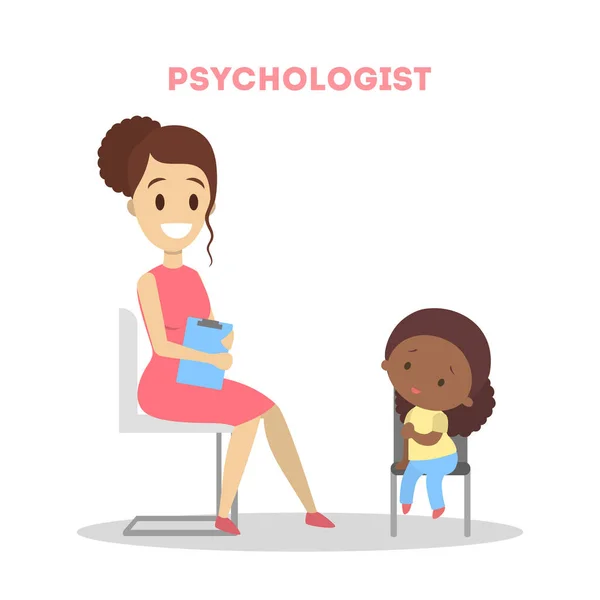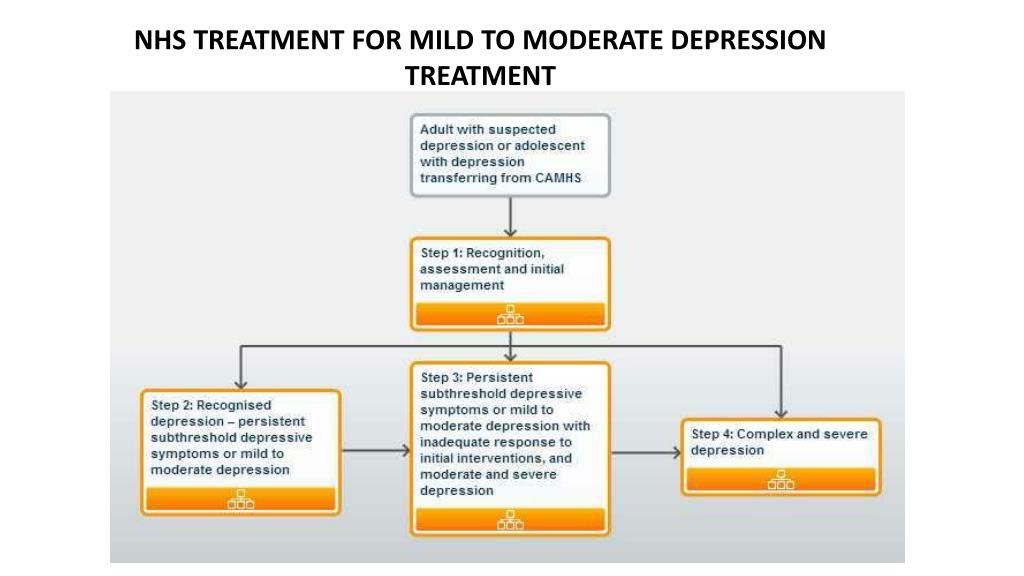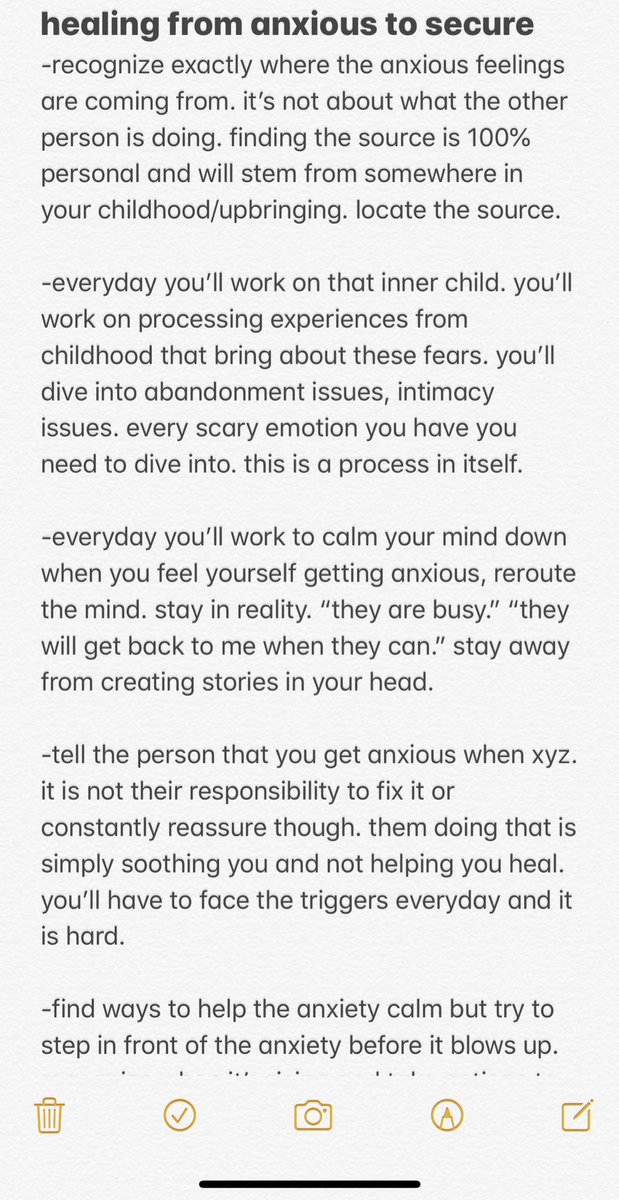Psychology on people
Three Techniques to Read People
As a psychiatrist, my job is to read people — not just what they say, but who they are. Interpreting verbal and nonverbal cues, I want to see past their masks into the real person.
Logic alone won’t tell you the whole story about anybody. You must surrender to other vital forms of information so that you can learn to read the important non-verbal intuitive cues that people give off. To do this, you must also be willing to surrender any preconceptions, or emotional baggage such as old resentments or ego clashes, that stop you from seeing someone clearly. The key is to remain objective and receive information neutrally without distorting it.
Whether you’re reading your boss, co-worker, or partner, in order to understand people accurately, you must surrender biases. Some walls must come down. As brilliant as the intellect is, you have to be willing to let go of old, limiting ideas.
People who read others well are trained to read the invisible. They’ve learned to utilize what I call their “super-senses” to look further than where you usually put your attention to access life-changing intuitive insights. I invite you to explore some of these different methods of reading people from my book, The Ecstasy of Surrender. They all require surrendering pure logic in favor of also receiving alternative, non-linear forms of input.
Three Techniques in the Art of Reading People
The First Technique: Observe Body Language Cues
Research has shown that words account for only 7 percent of how we communicate whereas our body language (55 percent) and voice tone (30 percent) represent the rest. Here, the surrender to focus on is letting go of trying too hard to read body language cues. Don’t get overly intense or analytical. Stay relaxed and fluid. Be comfortable, sit back, and simply observe.
1. Pay Attention to Appearance
When reading others notice: Are they wearing a power suit and well-shined shoes, dressed for success, indicating ambition? Jeans and a T-shirt, indicating comfort with being casual? A tight top with cleavage, a seductive choice? A pendant such as a cross or Buddha indicating spiritual values?
2. Notice Posture
Notice Posture
When reading people’s posture, ask yourself: Do they hold their head high, confident? Or do they walk indecisively or cower, a sign of low self-esteem? Do they swagger with a puffed-out chest, a sign of a big ego?
3. Watch for Physical Movements
- Leaning and distance—Observe where people lean. Generally, we lean toward those we like and away from those we don't.
- Crossed arms and legs—This pose suggests defensiveness, anger, or self-protection. When people cross their legs they tend to point the toes of the top leg towards the person they are most at ease with.
- Hiding one’s hands—When people place their hands in their laps, pockets, or put them behind their back it suggests that they are hiding something.
- Lip biting or cuticle picking—When people bite or lick their lips or pick their cuticles they are trying to soothe themselves under pressure or in an awkward situation.

4. Interpret Facial Expression
Emotions can become etched on our faces. Deep frown lines suggest worry or over-thinking. Crow’s feet are the smile lines of joy. Pursed lips signal anger, contempt, or bitterness. A clenched jaw and teeth grinding are signs of tension.
The Second Technique: Listen to Your Intuition
You can tune into someone beyond their body language and words. Intuition is what your gut feels, not what your head says. It’s nonverbal information you perceive via images and ah-has, rather than logic. If you want to understand someone, what counts the most is who the person is, not their outer trappings. Intuition lets you see further than the obvious to reveal a richer story.
Checklist of Intuitive Cues
1. Honor Your Gut Feelings
Listen to what your gut says, especially during first meetings. It's a visceral reaction that occurs before you have a chance to think. It relays whether you’re at ease or not. Gut feelings occur quickly, a primal response. They’re your internal truth meter, relaying if you can trust people.
It relays whether you’re at ease or not. Gut feelings occur quickly, a primal response. They’re your internal truth meter, relaying if you can trust people.
2. Feel the Goosebumps
Goosebumps are marvelous intuitive tingles that convey that we resonate with people who move or inspire us or are saying something that strikes a chord. Goosebumps also happen when you experience deja-vu, a recognition that you’ve known someone before, though you’ve actually never met.
3. Pay Attention to Flashes of Insight
In conversations, you may get an “ah-ha” about people who come in a flash. Stay alert. Otherwise, you might miss it. We tend to go onto the next thought so rapidly these critical insights are lost.
4. Watch for Intuitive Empathy
Sometimes you can feel people’s physical symptoms and emotions in your body which is an intense form of empathy. So, when reading people, notice: “Does my back hurt when it didn’t before? Am I depressed or upset after an uneventful meeting?” To determine if this is empathy, get feedback.
The Third Technique: Sense Emotional Energy
Emotions are a stunning expression of our energy, the “vibe” we give off. We register these with intuition. Some people feel good to be around; they improve your mood and vitality. Others are draining; you instinctively want to get away. This “subtle energy” can be felt inches or feet from the body, though it’s invisible. In Chinese medicine, it’s called chi, a vitality that’s essential to health.
Strategies to Read Emotional Energy
1. Sense People’s Presence
This is the overall energy we emit, not necessarily congruent with words or behavior. It’s the emotional atmosphere surrounding us like a rain cloud or the sun. As you read people notice: Do they have a friendly presence that attracts you? Or are you getting the willies, making you back off?
2. Watch People’s Eyes
Our eyes transmit powerful energy. Just as the brain has an electromagnetic signal extending beyond the body, studies indicate that the eyes project this too. Take time to observe people’s eyes. Are they caring? Sexy? Tranquil? Mean? Angry? Also determine: Is there someone at home in their eyes, indicating a capacity for intimacy? Or do they seem to be guarded or hiding?
Just as the brain has an electromagnetic signal extending beyond the body, studies indicate that the eyes project this too. Take time to observe people’s eyes. Are they caring? Sexy? Tranquil? Mean? Angry? Also determine: Is there someone at home in their eyes, indicating a capacity for intimacy? Or do they seem to be guarded or hiding?
3. Notice the Feel of a Handshake, Hug, and Touch
We share emotional energy through physical contact much like an electrical current. Ask yourself, Does a handshake or hug feel warm, comfortable, confident? Or is it off-putting so you want to withdraw? Are people’s hands clammy, signaling anxiety. Or limp, suggesting being non-committal and timid?
4. Listen for Tone of Voice and Laugh
The tone and volume of our voice can tell much about our emotions. Sound frequencies create vibrations. When reading people, notice how their tone of voice affects you. Ask yourself: Does their tone feel soothing? Or is it abrasive, snippy, or whiny?
How to read people like a pro: 17 tricks from psychology
Now, don’t get freaked out.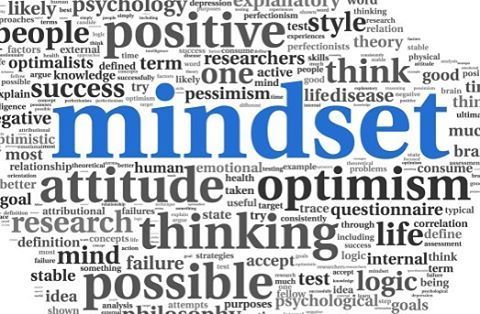
This article is not about reading minds like Edward Cullen of Twilight. Only vampires can do that (if they exist).
It’s about knowing, beyond words, what other people want to say. It’s about sensing what they truly mean, even when they say otherwise.
The ability to read people properly will significantly affect your social, personal, and work life.
When you understand how another person is feeling, you can then adapt your message and communication style to make sure it is received in the best way possible.
It’s not that hard. This may sound cliche, but you don’t need any special powers to know how to read people.
So, here are 17 tips for reading people like a pro:
1. Be objective and open-minded
Before you attempt to read people, you must first practice having an open mind. Do not let your emotions and past experiences influence your impressions and opinions.
If you judge people easily, it will cause you to misread people. Be objective in approaching every interaction and situation.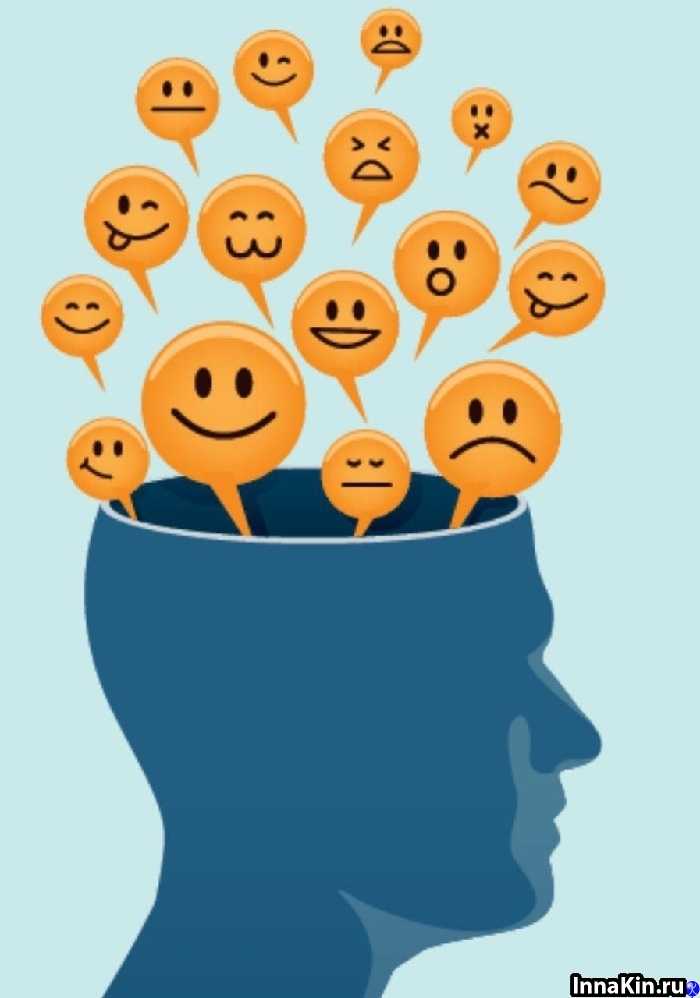
According to Judith Orloff M.D in Psychology Today, “Logic alone won’t tell you the whole story about anybody. You must surrender to other vital forms of information so that you can learn to read the important non-verbal inutive cues that people give off.”
She says that to see someone clearly you must “remain objective and receive information neutrally without distorting it.”
2. Pay attention to appearance
Judith Orloff M.D says that when reading others, try to notice people’s appearance. What are they wearing?
Are they dressed for success, which indicates they are ambitious? Or they are wearing jeans and a t-shirt, which means comfort?
Do they have a pendant such as a cross or Buddha which indicates their spiritual values? Whatever they wear, you can sense something from it.
Sam Gosling, a personality psychologist at the University of Texas and author of the book Snoop, says that you should pay attention to “identity claims”.
These are things people choose to show with their appearances, such as a t-shirt with slogans, tattoos, or rings.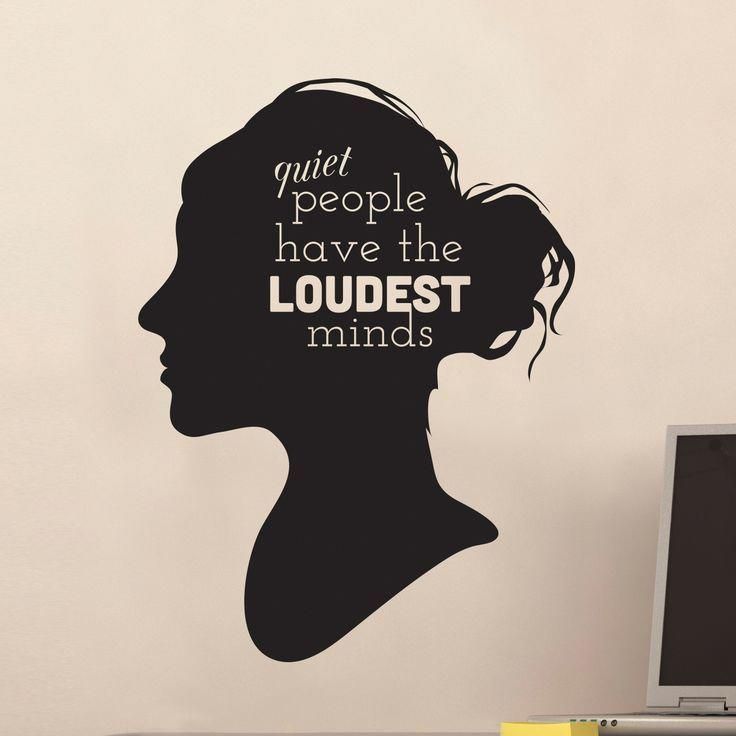
Here’s Gosling:
“Identity claims are deliberate statements we make about our attitudes, goals, values, etc… One of the things that are really important to keep in mind about identity statements is because these are deliberate, many people assume we are being manipulative with them and we’re being disingenuous, but I think there’s little evidence to suggest that that goes on. I think, generally, people really do want to be known. They’ll even do that at the expense of looking good. They’d rather be seen authentically than positively if it came down to that choice.”
Also, some findings suggest that perhaps psychological traits can – to some degree – be read on a person’s face.
Vinita Mehta Ph.D., Ed.M. explains in Psychology Today:
“Higher levels of Extraversion were related to more protruding nose and lips, a recessive chin and masseter muscles (the jaw muscles used in chewing). By contrast, the face of those with lower Extraversion levels showed the reverse pattern, in which the area around the nose appeared to press against the face.
These findings suggest that perhaps psychological traits can—to some degree—be read on a person’s face, though more studies would be needed to understand this phenomenon.”
3. Pay attention to people’s posture
A person’s posture says a lot about his or her attitude. If they hold their head high, it means they are confident.
If they walk indecisively or cower, it may be a sign of low self-esteem.
Judith Orloff M.D says that when it comes to posture, look for if they hold their high in a confident manner, or if they walk indecisively or cower, which indicates low self-esteem.
4. Watch their physical movements
More than words, people express their feelings through movements.
For example, we lean toward those we like and away from those we don’t.
“If they’re leaning in, if their hands are out and open, palms facing up, that’s a good sign that they are connecting with you,” says Evy Poumpouras, a former Secret Service special agent.
If you have observed that the person is leaning away, it means he or she is putting up a wall.
Another movement to notice is the crossing of arms or legs. If you see a person doing this, it suggests defensiveness, anger, or self-protection.
Evy Poumpouras says that “if someone is leaning in and all of a sudden you say something and their arms crossed, now I know I said something that this person didn’t like.”
On the other hand, hiding one’s hands means that they are hiding something.
But if you see them lip biting or cuticle picking, it means they are trying to soothe themselves under pressure or in an awkward situation.
5. Try to interpret facial expressions
Unless you are a master of the poker face, your emotions will be etched on your face.
According to Judith Orloff M.D, there are several ways to interpret facial expressions. They are:
When you see deep frown lines forming, it may suggest the person is worried or overthinking.
On the contrary, a person who is truly laughing will show crow’s feet – the smile lines of joy.
Another thing to watch out for are pursed lips which can signal anger, contempt, or bitterness. Additionally, a clenched jaw and teeth grinding are signs of tension.
Also, Susan Krauss Whitbourne Ph.D. in Psychology Today describes a classification of smiles in Psychology Today.
They are:
Reward smile: Lips pulled directly upwards, dimples at the sides of mouth and eyebrows lift. This communicates positive feedback.
Affiliative smile: Involves pressing lips together while also making little dimples at the side of the mouth. Sign of friendship and liking.
Dominance smile: Upper lip is raised and cheeks get pushed upwards, the nose gets wrinkled, indentation between nose and mouth deepens and raised upper lids.
6. Don’t run away from small talk.
Maybe you feel unease with small talk. However, it can give you the opportunity to familiarize yourself with the other person.
Small talk helps you observe how a person behaves in normal situations. You can then use it as a benchmark to accurately spot any behavior that is out of the ordinary.
In The Silent Language of Leaders: How Body Language Can Help–or Hurt–How You Lead, the author points out a number of errors that people make when trying to read people, and one of them was that they don’t get a baseline of how they normally act.
7. Scan the person’s overall behavior.
We sometimes assume that if a particular action is done, like looking down at the floor during a conversation, it means the person is nervous or anxious.
But if you are already familiar with a person, you will know whether the person avoids eye contact or is just relaxing when he or she looks down the floor.
According to LaRae Quy, a former counterintelligence agent for the FBI, “people have different quirks and patterns of behavior” and some of these behaviors “could simply be mannerisms”.
That’s why creating a baseline of others’ normal behavior will help you.
Learn how to identify any deviation from a person’s usual behavior. You will know something is wrong when you notice a change in their tone, pace or body language.
8. Ask direct questions to get a straight answer
To get a straight answer, you have to stay away from vague questions. Always ask questions that require a straight answer.
Remember not to interrupt when the person is answering your question. Instead, you can observe the person’s mannerisms as they talk.
INC advises to look for “action words” to get insight into how someone thinks:
“For example, if your boss says she’s “decided to go with brand X,” the action word is decided. This single word indicates that most likely your boss 1) is not impulsive, 2) weighed several options, and 3) thinks things through…Action words offer insights into the way a person thinks.”
9. Notice the words and tone used
When you talk to someone, try to notice the words they use. When they say “This is my second promotion,” they want you to know that they also earned a promotion previously.
When they say “This is my second promotion,” they want you to know that they also earned a promotion previously.
Guess what? These type of people rely on others to boost their self-image. They want you to praise them so they will feel good about themselves.
According to Judith Orloff M.D, you should also lookout for the tone used:
“The tone and volume of our voice can tell much about our emotions. Sound frequencies create vibrations. When reading people, notice how their tone of voice affects you. Ask yourself: Does their tone feel soothing? Or is it abrasive, snippy, or whiny?”
11. Listen to what your gut says
Listen to your gut especially when you first meet a person. It will give you a visceral reaction before you have a chance to think.
Your gut will relay whether you’re at ease or not with the person.
According to Judith Orloff M.D, “Gut feelings occur quickly, a primal response. They’re your internal truth meter, relaying if you can trust people.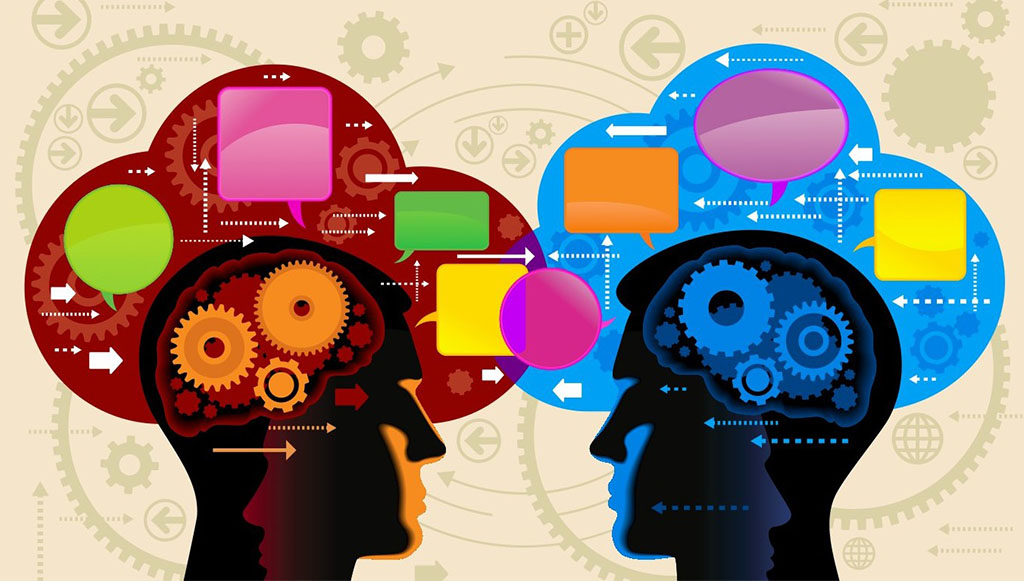 ”
”
12. Feel the goosebumps, if any
Goosebumps happen when we resonate with people who move or inspire us. It can also happen when a person is saying something that strikes a chord within us.
“When we look at research [on the chills], outside of the evolutionary response to warm ourselves, it’s music that seems to trigger it, as well as moving experiences and even movies,” said Kevin Gilliland, a Dallas-based clinical psychologist.
Additionally, we feel it when we experience deja-vu, a recognition that you’ve known someone before, though you’ve actually never met.
13. Pay attention to flashes of insight
Sometimes, you may get an “ah-ha” moment about people. But stay alert because these insights come in a flash.
We tend to miss it because we go onto the next thought so rapidly that these critical insights get lost.
According to Judith Orloff M.D, gut feelings are your internal truth meter:
“Gut feelings occur quickly, a primal response.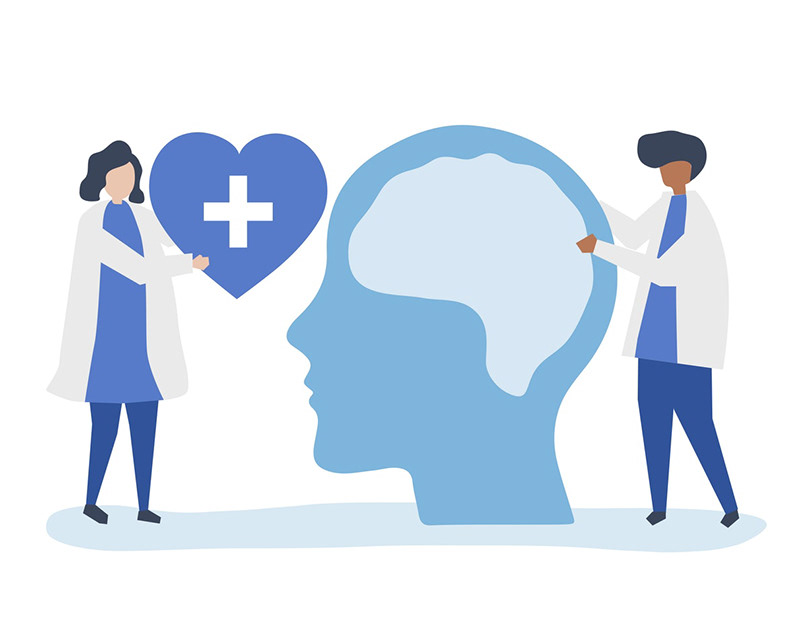 They’re your internal truth meter, relaying if you can trust people.”
They’re your internal truth meter, relaying if you can trust people.”
14. Sense the person’s presence
This means that we have to feel the overall emotional atmosphere surrounding us.
When you read people, try to notice if the person has a friendly presence that attracts you or you face a wall, making you back off.
According to Judith Orloff M.D, presence is:
“This is the overall energy we emit, not necessarily congruent with words or behavior.”
15. Watch people’s eyes
They say our eyes are the doorway to our souls – they transmit powerful energies. So take the time to observe people’s eyes.
When you look, can you see a caring soul? Are they mean, angry, or guarded?
According to Scientific American, eyes can “convey whether we are lying or telling the truth”.
They can also “serve as a good detector for what people like” by looking at pupil size.
16. Don’t make assumptions.
This almost goes without saying, but keep in mind that assumptions result in misunderstandings. When you easily make assumptions without even knowing the person, it brings more trouble.
When you easily make assumptions without even knowing the person, it brings more trouble.
In The Silent Language of Leaders: How Body Language Can Help–or Hurt–How You Lead, the author pointed out several errors people make when reading others and one of them was not being conscious of biases.
For example, if you assume that your friend is angry, then whatever they say or do will seem like concealed anger to you.
Do not jump to conclusions when your wife goes to bed early rather than watching your favorite TV show with you. Maybe she’s just tired – don’t think she is not interested in spending time with you.
The key to reading people like a pro is to relax and keep your mind open and positive.
17. Practice watching people.
Practice makes perfect so the more you study people, the more you can read them accurately.
As an exercise, try to practice watching talk shows on mute. Watching their facial expressions and actions will help you see what people are feeling when they are talking, without hearing any words.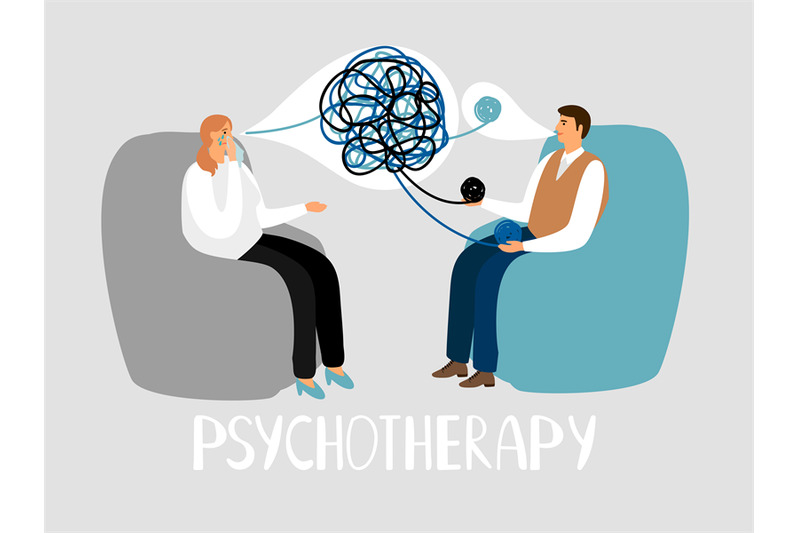
Then, watch again with the volume on and see if you are right with your observation.
In conclusion:
One of the most important things you can know is how to read people.
It makes you sensitive to the struggles and needs of the people around you. It is a skill that you can learn to further boost your EQ.
The good news is that anyone (that includes you!) has the ability to read people.
The thing is, you just need to know what to look for.
You may also like reading:
- How a regular guy became his own life coach (and how you can too)
- I was deeply unhappy…then I discovered this one Buddhist teaching
- My life was going nowhere, until I had this one revelation
New video: 7 hobbies that science says will make you smarter
How to understand people - advice from psychologists
- How to communicate with people of a certain type?
- Does mood affect the nature of communication?
- Psychologists advise how to learn to understand people
Often we are ready to give friends and relatives advice on which people to communicate with and which ones it is more prudent to keep at a distance.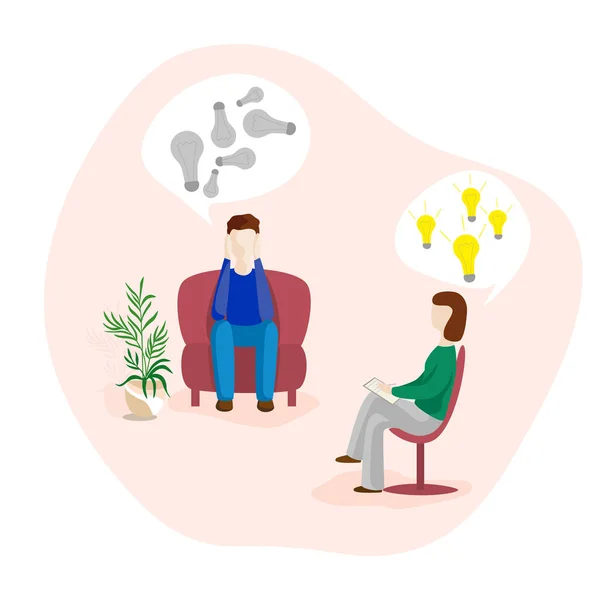 But at the same time, we ourselves often get into trouble, it is not in vain that there is an opinion that the first impression of a person can be erroneous. It happens that a new acquaintance seems kind and positive to us, but over time it turns out that when communicating there are no positive emotions, and the energy is rapidly evaporating. nine0014
But at the same time, we ourselves often get into trouble, it is not in vain that there is an opinion that the first impression of a person can be erroneous. It happens that a new acquaintance seems kind and positive to us, but over time it turns out that when communicating there are no positive emotions, and the energy is rapidly evaporating. nine0014
So why do some people repel and make us wary, and some people seem to know all our lives? We tell you how to find out what kind of person is in front of you and how to find an approach to him using psychological methods.
How to communicate with certain types of people?
The character of each person is multifaceted, and in order to find an approach to a particular person, one must take into account its individual characteristics.
-
BRIGHT EMOTIONS . It is quite easy to communicate with emotional and over-emotional people - they themselves will show you their emotions, both positive and negative, willingly share their problems and joy.
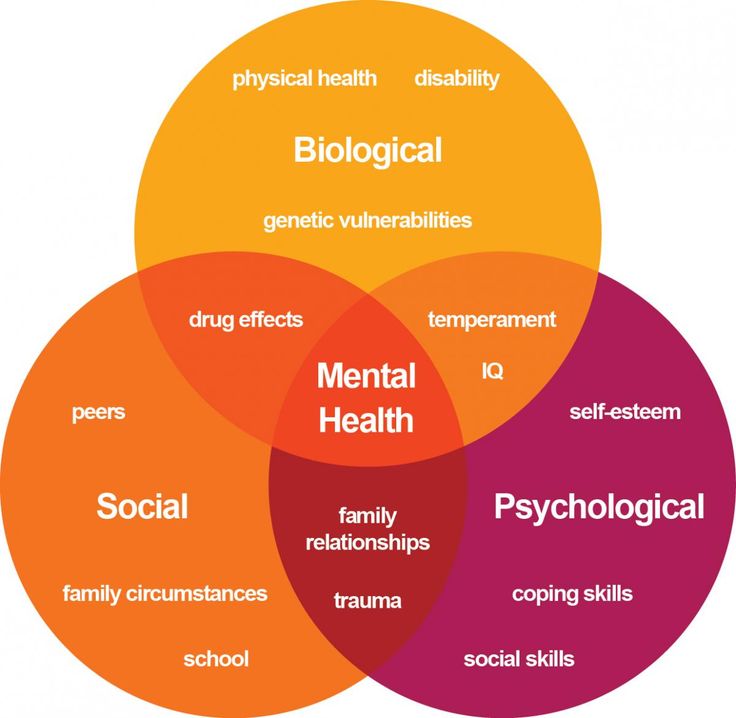 It's great when the interlocutor is open and you don't have to guess anything, but at the same time, such a fountain of emotions and words can be annoying. In this case, you should tactfully interrupt the emotional interlocutor.
It's great when the interlocutor is open and you don't have to guess anything, but at the same time, such a fountain of emotions and words can be annoying. In this case, you should tactfully interrupt the emotional interlocutor. -
nine0028 SMALL EMOTIONS . Such people lack emotions and do not rush words in vain, skillfully hide both sympathies and antipathies, they reveal themselves only in an unusual or critical situation. Usually these are intellectuals who can easily analyze the environment. It is not easy to communicate with them, but if you are the first to start a conversation, ask to talk about your impressions or ask for advice on a specific case, an unemotional person will wisely and balancedly answer.
nine0006 -
NEGATIVE . A negative attitude is always repulsive, but do not rush to ignore such a person, he may need support. Try to unobtrusively offer your help, try to listen without interrupting, look together for a way out of the situation. Usually a person under the influence of negativity is embittered and conflicts even with relatives, but to help him cope with emotions means learning to look for an approach to a person even in the most difficult cases. nine0014
-
ENERGY VAMPIRISM . Probably, most of us have come across people, after communicating with whom there is a feeling that life energy is running out. Such weakness and apathy indicate that you have an energy vampire in front of you. Usually these are overly curious people who are genuinely interested in your life, asking a lot of questions. They seem pleasant and sympathetic, but they also take joy in the suffering and torment of others. In psychology, there is an unequivocal recommendation - try to avoid such people, minimize any contact with them.
 nine0014
nine0014 -
MANIPULATION . Often, manipulators do not have outstanding talents, distinctive features of character or appearance, but at the same time they are able to skillfully penetrate the soul, ingratiate themselves with the interlocutor, for example, asking for help. Why do they need it? To use others for your own personal gain. Here, the most correct decision would be to learn to say a firm “no”.
-
deceitfulness . Have you met people who do not know how to live without lies? They constantly lie to everyone around them, often without even hiding it. At the beginning of communication, liars seem sociable and outspoken. But such an acquaintance will bring you neither joy, nor experience, nor benefit, especially since sooner or later you can become the object of gossip of a liar.
-
TALENT . Most people with extraordinary abilities need recognition for their talents. If it is important and necessary for you to communicate with a genius, do not forget to praise him if it is valuable to him.
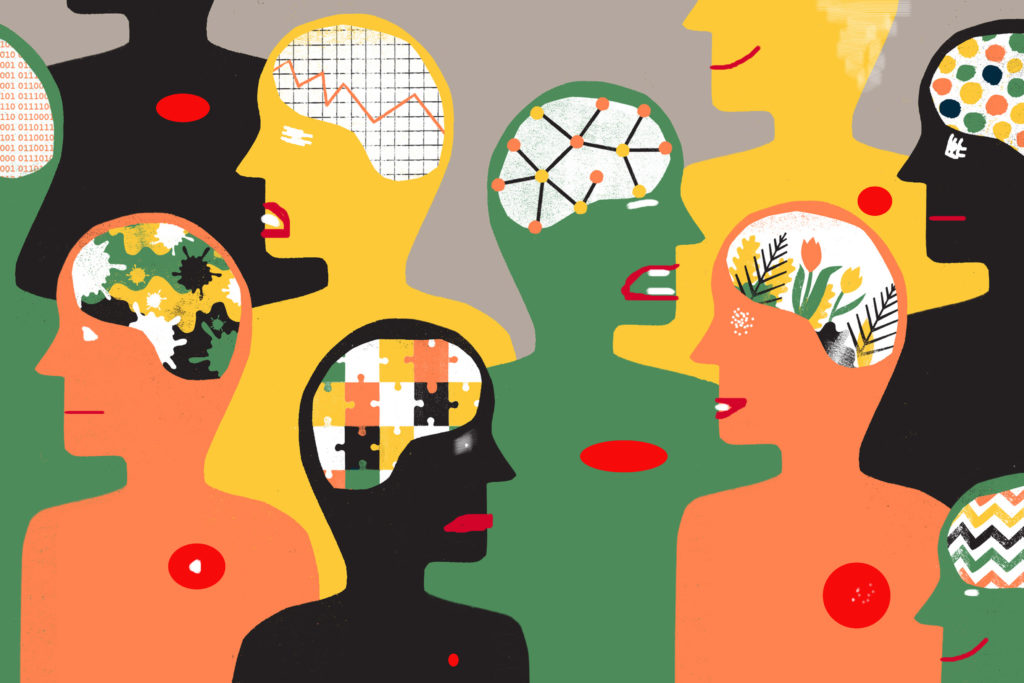 nine0014
nine0014 -
LEADERSHIP . Leaders are different. Such people can be identified both by arrogance and narcissism, and by charm, determination and initiative. In the first case, frankly inflated conceit will not serve its owner well and sooner or later lead to conflicts and problems in communication. A sociable leader with adequate self-esteem can be a reliable comrade. It is the leaders who take care of all the plans and movements, solve problems and disputes, draw up an action plan that suits everyone. nine0014
-
shyness . Insecure and shy people from early childhood are used to the fact that decisions are made for them by others - parents or more responsible friends. Communication with a shy person should be built with care so as not to be in the role of an "ambulance" or "magic fairy".
POSITIVE . It is easy and pleasant to communicate with positively minded people, they seem to charge the interlocutor with joy and good mood. But sometimes it happens that such people easily lose their temper, even an insignificant detail can instantly change their mood in a negative direction.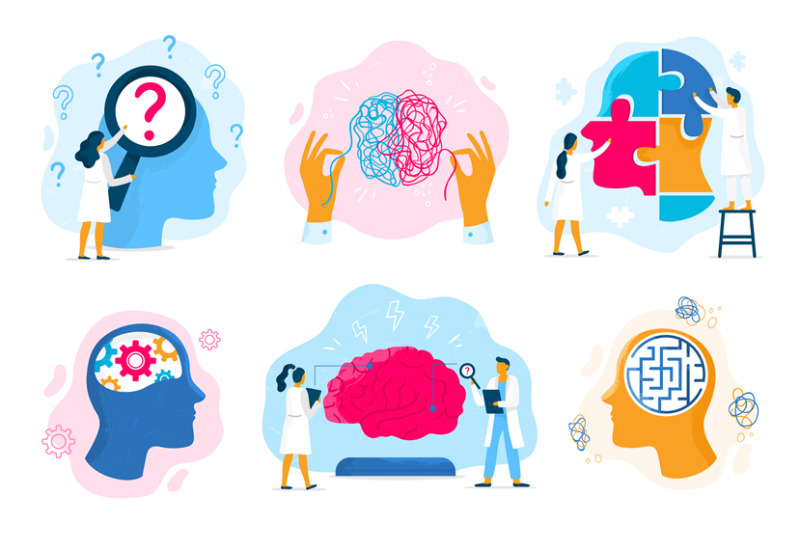
Does mood affect the nature of communication?
Of course, emotions and situational attitudes affect people, their conversations and actions.
- With a person who is in a good mood, it is easy and pleasant to communicate.
- A stressed person should be listened to and tried to calm down.
- If your interlocutor is under strong emotions (both negative and positive), try to speak in a calm voice, argue your opinion, citing specific facts. nine0007
Psychologists advise how to learn to understand people
We all have experience of erroneous attitudes towards people. For example, a person seems to us devoted and sympathetic, but in fact disappears at a difficult or crucial moment, but the one from whom they were not expected to support suddenly selflessly helps. What should be done to better understand people and avoid such mistakes?
Psychologists recommend: nine0014
-
Learn to read body language and gestures . Psychologists have written many books on this topic (for example, Alan Pease's Body Language), which help to recognize lies or sincerity, understand the feelings of the interlocutor during a conversation with you, focusing on his posture, look, facial expressions.
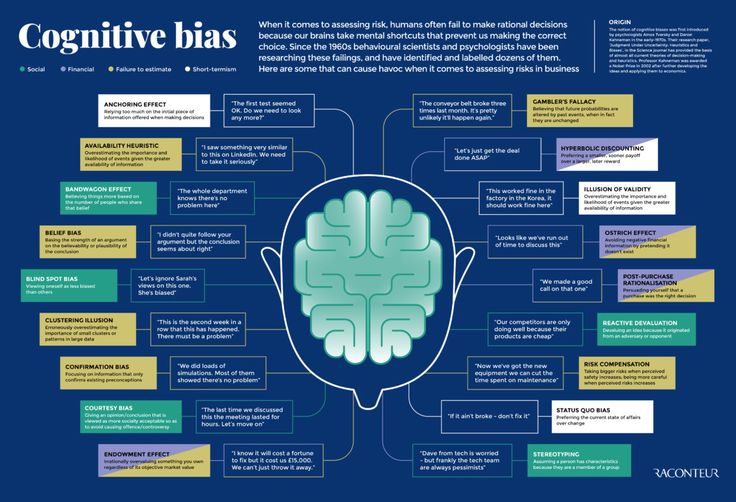 Of course, it is not enough to possess relevant information; it is necessary to regularly improve observation skills in order to easily distinguish non-verbal signals. nine0014
Of course, it is not enough to possess relevant information; it is necessary to regularly improve observation skills in order to easily distinguish non-verbal signals. nine0014 -
Trust your intuition . Intuition (or simply our inner voice) is the tool that will help you to feel on a subconscious level what kind of person is in front of us. It happens that we move away from our inner feelings, and then regret it. If during communication you feel inexplicable discomfort, you should listen to such a prompt from your inner self.
-
nine0028 Enable analytical abilities . The human psyche is complex, but having learned to analyze, you can focus on even minor details-tips. It's simple: for example, if your interlocutor often speaks unflatteringly about your mutual acquaintances behind your back, then there is a high probability that he has such a character trait as duplicity.
-
Expand your circle of acquaintances .
 You need to communicate more with people in order to understand them. Try not to make the conversations meaningless, touch on significant and interesting topics - this will help you learn how to compare people, identify their features, advantages and disadvantages, and draw the right conclusions. nine0014
You need to communicate more with people in order to understand them. Try not to make the conversations meaningless, touch on significant and interesting topics - this will help you learn how to compare people, identify their features, advantages and disadvantages, and draw the right conclusions. nine0014 -
Observe people in unusual situations. In non-standard living conditions, people demonstrate their real qualities, because it is very difficult to pretend when experiencing stress or anxiety. This throwing off of masks will help to reveal the real manners, behavior and character of a person.
-
Study psychology . Psychology courses will provide an opportunity not only to learn to understand people well, but also to work as a psychologist, and thereby help them become happier and better. nine0014
Yes, unfortunately, not all people are able to sincerely rejoice at the victories of their neighbor or sympathize with his grief, but learning to understand the people who are next to us and not allowing insincere, evil or greedy people into our lives is quite within our power.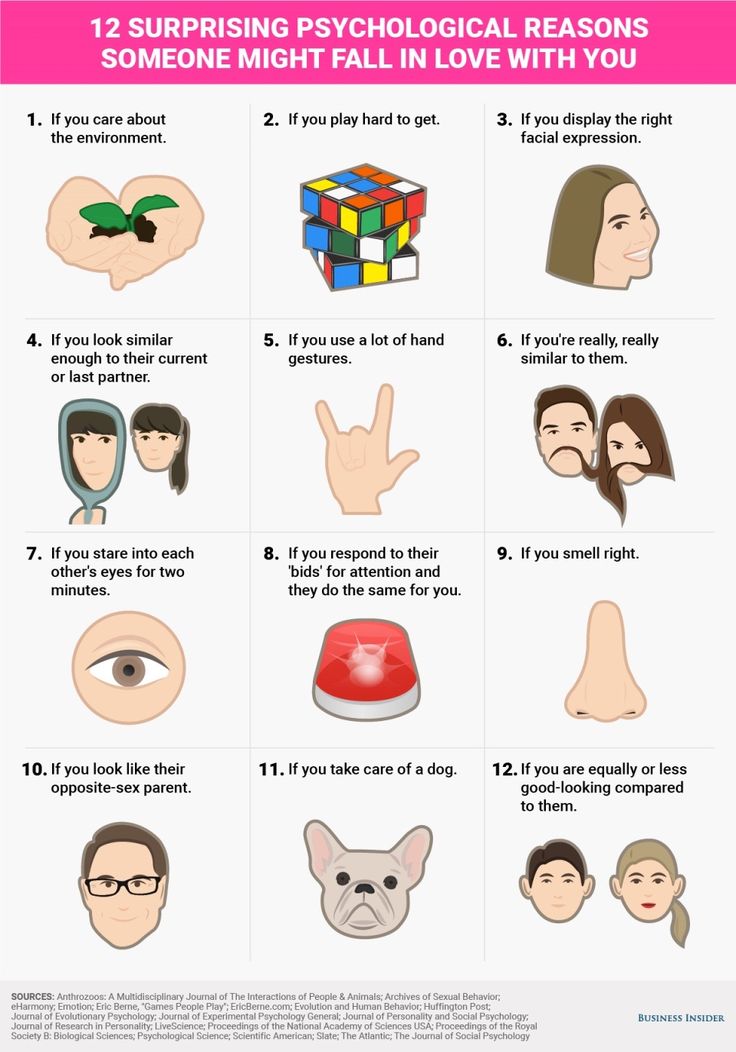
Read online “How to learn to understand people? 49 simple rules”, Oksana Sergeeva – LitRes
Introduction
A person's character is a book with many encrypted and lost pages. Usually we judge people in the heat of the moment, by the first impression, which is often deceptive. It takes a lot of time before we really understand what kind of person is in front of us, what drives him, why he behaves this way and not otherwise. After some time, our attitude towards a person can change dramatically: bores turn into the most interesting people for us, and people who at first seemed funny and attractive, in fact, turn out to be banal buffoons from a cheap booth. nine0014
The ability to understand people is a whole science. We will proceed from the idea that there are no bad and good people: we will not condemn anyone and hang up the stigma of a loser or a coward, condemn a person, judge him. We will simply help you find your approach to people with different characters, with different life principles and moral values.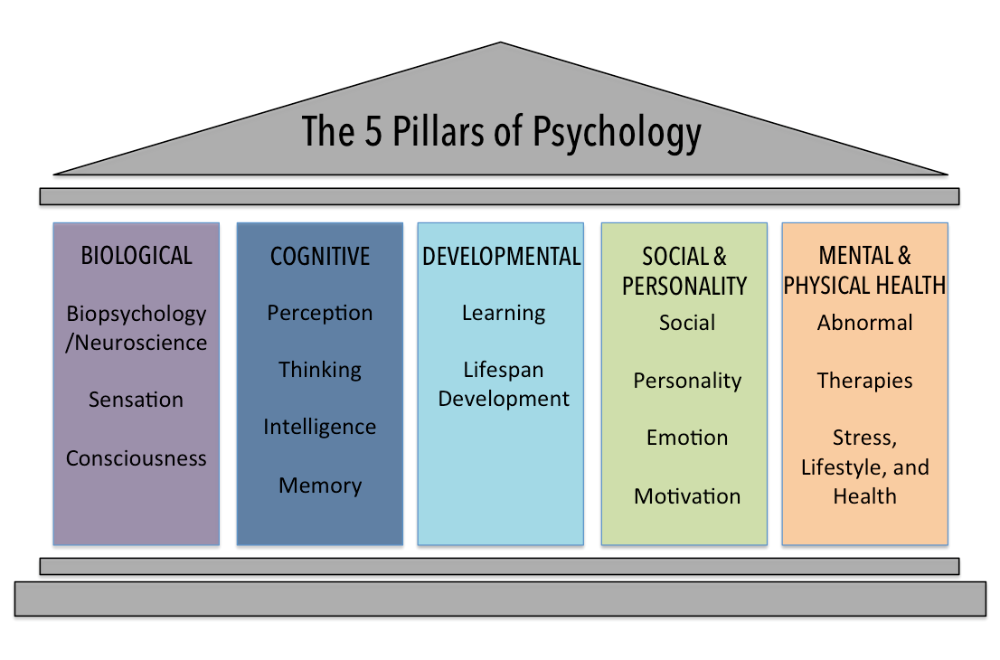 We will make an attempt to understand the diversity of human individuality. And then it’s up to you to choose: whether you want to communicate with this particular person, put up with his shortcomings, try to appreciate his few virtues or not. nine0014
We will make an attempt to understand the diversity of human individuality. And then it’s up to you to choose: whether you want to communicate with this particular person, put up with his shortcomings, try to appreciate his few virtues or not. nine0014
In life, we often encounter difficulties in communicating with different types of people. We will talk about how to overcome these difficulties, how to make communication with any person pleasant and useful. When communicating with people around you, you must remember that each person has his own manner of communication, his own way of expressing thoughts. If you take into account the specific personality traits of each particular interlocutor, then you will definitely be able to find a common language with any person, you will master the science of liking and will be able to achieve your goals during communication. We will help you with this. nine0014
Chapter 1
Emotions and feelings are a mirror of the human soul
To understand what kind of person you have, you must first of all pay attention to how he expresses his emotions, which feelings dominate in him, and which are not developed at all.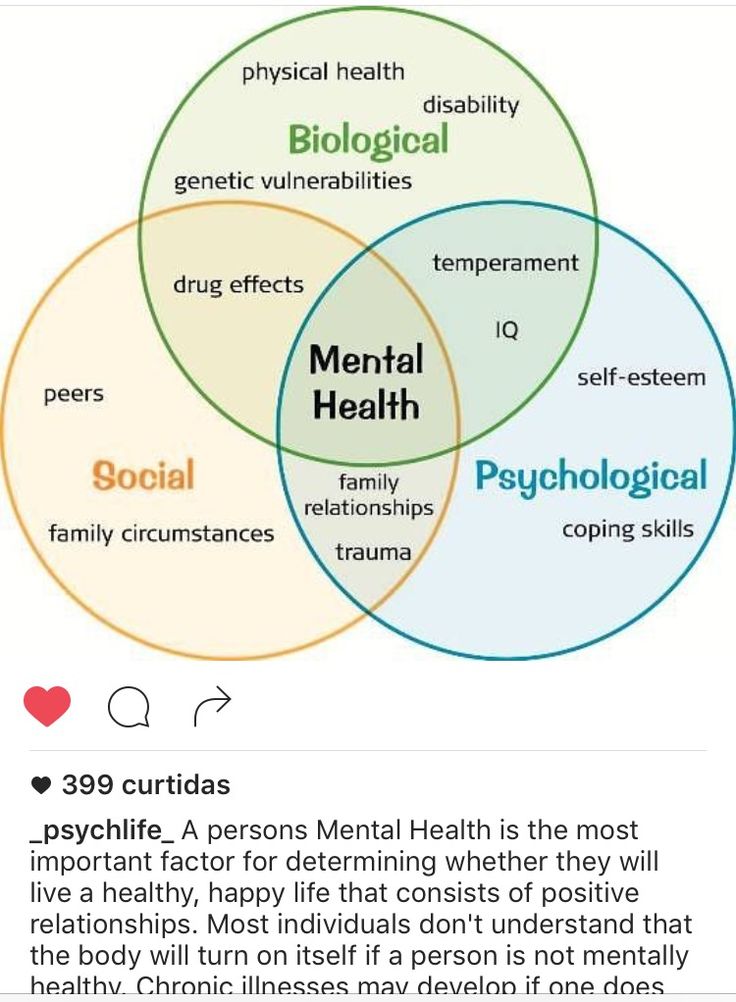 After all, emotions and feelings are the attitude of a person to the world, the expression of his desires and interests. You will be able to draw a conclusion about the character of a person by learning what causes him positive emotions and what is the subject of negative emotions.
After all, emotions and feelings are the attitude of a person to the world, the expression of his desires and interests. You will be able to draw a conclusion about the character of a person by learning what causes him positive emotions and what is the subject of negative emotions.
Regulation No. 1
Can a person express his emotions: about emotional and hyper-emotional people
According to a person's ability to express his emotions, we divide people into emotional and non-emotional. The former are quite sensitive to what is happening around them, their sensory world is diverse, they express their attitude to the world and others through all sorts of emotions - anger, despondency, melancholy, tenderness, etc.
There is an opinion that emotional people are easier to communicate with them easier to find a way. They do not need to be asked if they liked the movie they just watched or the new employee who appeared at your enterprise. The emotions that overwhelmed them burst out on their own. An emotional person is in a hurry to talk about his impressions and experiences. This, of course, makes communication with them attractive: it is always interesting with them. nine0014
An emotional person is in a hurry to talk about his impressions and experiences. This, of course, makes communication with them attractive: it is always interesting with them. nine0014
But sometimes excessive emotionality is an irritating factor for others. If emotions do not allow a person to calm down, he needs to throw them out on someone. Emotional people are constantly looking for an object on which to dump the burden of impressions from a conversation with a boss or a quarrel with a saleswoman in a store. Such obsession, emotional outbursts can not only irritate you, but be the cause of your emotional fatigue (you, as it were, experience the emotions of an outsider yourself). Hyper-emotional people, as a rule, express their emotions regardless of the desire of others to listen to them - this is vital for them. But for others it is not always pleasant, especially if the emotions are negative. nine0014
How to properly communicate with emotional and over-emotional people? First of all, remember that they need to be listened to, they need to express everything that has accumulated.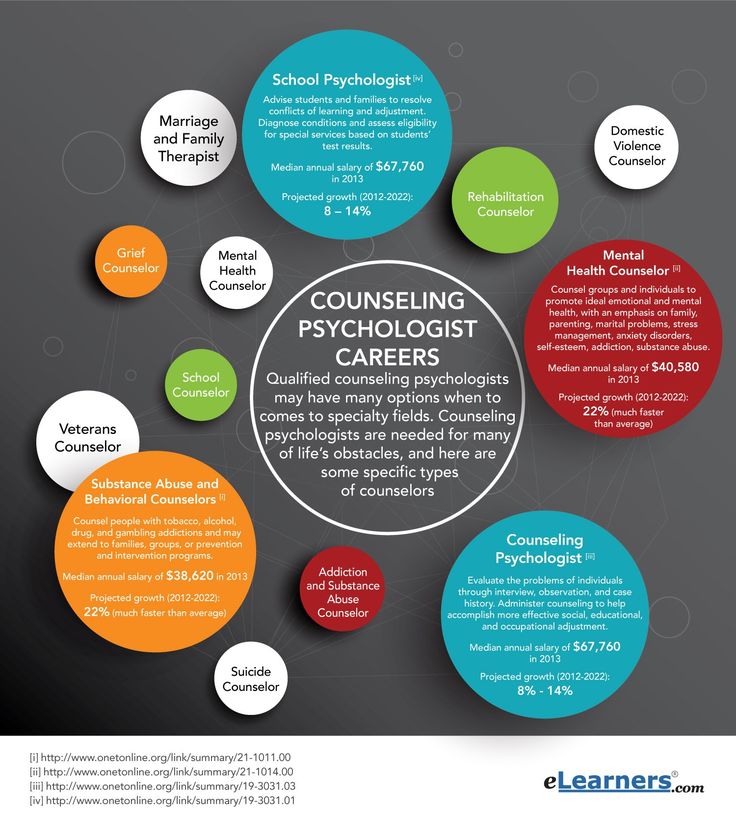 Therefore, you should listen to them, but do not get carried away by their experiences. Be a little selfish: pretend to listen to them and be absorbed in their emotional story, but in no case take everything you hear to heart. Emotional people tend to exaggerate. If their story dragged on, do not be afraid to stop them, interrupt them, citing their employment. nine0014
Therefore, you should listen to them, but do not get carried away by their experiences. Be a little selfish: pretend to listen to them and be absorbed in their emotional story, but in no case take everything you hear to heart. Emotional people tend to exaggerate. If their story dragged on, do not be afraid to stop them, interrupt them, citing their employment. nine0014
Rule No. 2
How to communicate with unemotional people: about people without emotions
People who are unemotional tend to limit the range of expressed emotions to a minimum. They show their emotionality only in extraordinary, stressful situations. In ordinary life, they are not inclined to demonstrate their experiences.
It can be difficult for us to understand a person's feelings, to understand his attitude to surrounding objects, and to ourselves, if he does not openly express his emotions. Unemotional people seem mysterious and secretive to us, it seems that they have something unkind on their minds.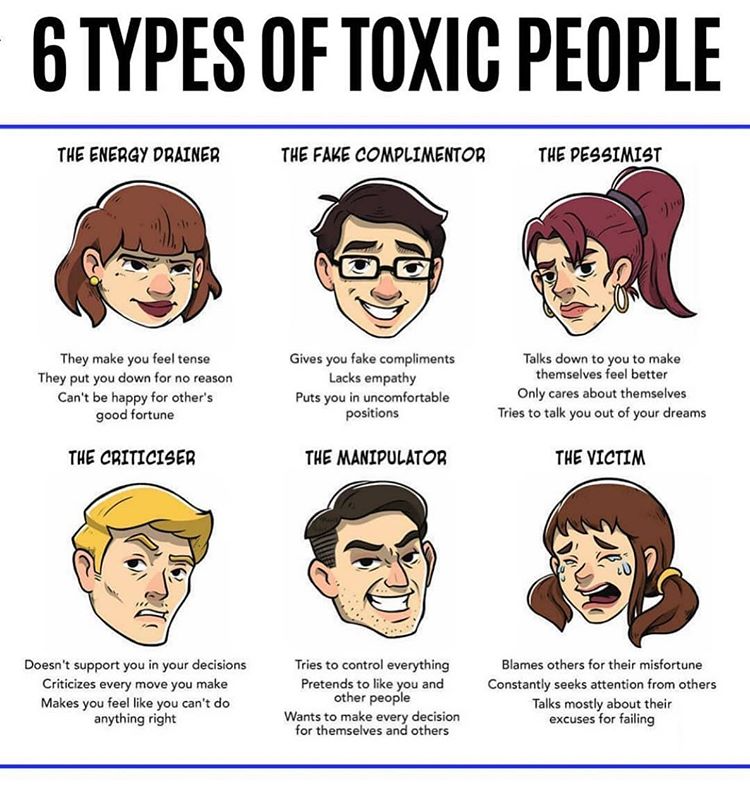 No wonder the best spies and secret agents are well versed in the skill of hiding their emotions. The ability to hide one's feelings makes a person practically invulnerable: we cannot understand what kind of person is in front of us, and therefore we begin to fear him. Sometimes you have to study it for a long time before it becomes clear how it relates to a particular phenomenon, person or event. The emotions of another person give us a good idea of his inner world: we can determine how he lives, what he feels. But if our interlocutor is stingy in expressing his emotional experiences, then we become uncomfortable in his company, we do not know what to expect from him. nine0014
No wonder the best spies and secret agents are well versed in the skill of hiding their emotions. The ability to hide one's feelings makes a person practically invulnerable: we cannot understand what kind of person is in front of us, and therefore we begin to fear him. Sometimes you have to study it for a long time before it becomes clear how it relates to a particular phenomenon, person or event. The emotions of another person give us a good idea of his inner world: we can determine how he lives, what he feels. But if our interlocutor is stingy in expressing his emotional experiences, then we become uncomfortable in his company, we do not know what to expect from him. nine0014
In fact, unemotional people do not hide anything, do not hide anything from others, they are simply used to expressing their attitude to the world in a different way: not through emotions, but through thoughts.
The difficulty of communicating with unemotional people is largely exaggerated. Indeed, people of this type will not immediately tell about their experiences, it is not easy to determine how they relate to others: they can skillfully hide their sympathy or dislike.